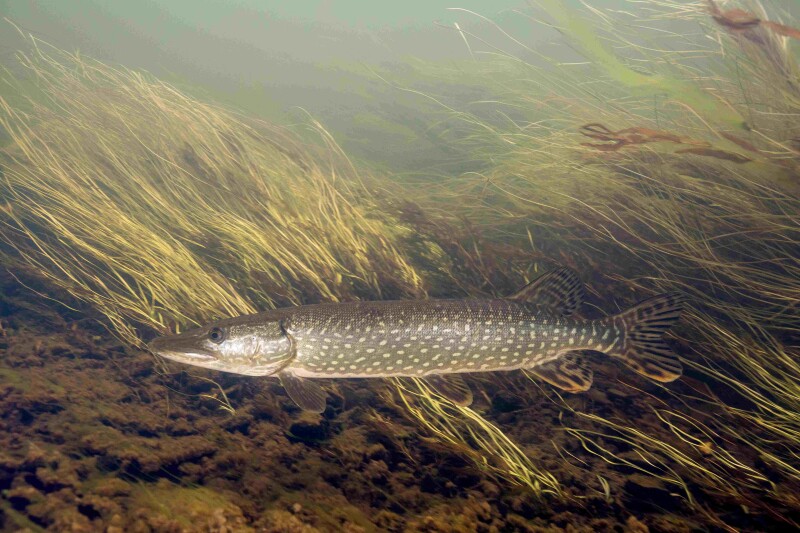A new study has confirmed what many fisheries experts feared—northern pike, an invasive freshwater species, can traverse brackish waters, potentially expanding their reach into Alaska’s salmon-rich ecosystems.
According to Alaska Beacon, researchers have now documented pike successfully swimming through the Cook Inlet estuary, a first in North America. This raises concerns about the long-term impacts on native fish populations.
Pike are formidable predators, known for preying on juvenile salmon and other fish species, making their presence in new waterways a growing threat to Alaska’s fisheries. The study, published in January 2025, used tracking technology to prove that northern pike can survive and migrate through estuarine environments, allowing them to spread beyond their previously assumed freshwater limits.
Through different programs, researchers had thought they had ridden the peninsula of pike, which had wreaked havoc on natural runs that are important to both the commercial and recreational fisheries, as well as the ecological system. Kristin Dunker, a biologist for ADF&G, shared with Alaska Beacon, “We were all excited, you know. We spent, like, 15 years eradicating them off the peninsula. It was like this big, monumental moment.” However, the celebration proved short-lived.
Military Veterans Fighting the Pike Problem
As Alaskans have sounded the alarm over the growing pike problem over the past years, a group of military veterans in the state in 2021 actively worked to curb the invasion through hands-on conservation efforts. VIPER Transitions, a nonprofit supporting veterans through employment training and outreach, runs Operation Combat Pike. This program removes invasive northern pike from Southcentral Alaska’s waters while also providing veterans with opportunities for camaraderie and purpose.
Peter Pan Seafood Co.’s President and chief growth officer, Rodger May, and his wife, Lisa, contributed significantly to the effort by donating a Douglas R4D-8Z (Super DC-3) aircraft to VIPER during the height of their commitment to fighting invasive species. The plane served a dual purpose: supporting the organization’s Aviation Maintenance Program, which provides veterans with hands-on instruction, and offering transportation for Operation Combat Pike fishing trips.
“The work that VIPER is doing for our veterans is incredible, and we’re honored to be able to support their mission,” May said in a 2021 National Fisherman article by Jessica Hathaway. “Coming from Peter Pan Seafood with my more than 35-year career in the seafood industry, Operation Combat Pike is especially significant to me. Our military veterans have given us so much, and I’m glad to be able to give a little back by supporting these programs.”
Protecting Alaska’s Fisheries
With northern pike now capable of crossing saltwater barriers, the need for mitigation efforts has never been more urgent. VIPER’s program not only helps veterans transition to civilian life but has also played a role in controlling an invasive species that threatens the state’s salmon runs.
While research continues into the long-term impact of pike in Alaska’s estuaries, partnerships between conservation groups, the fishing industry, and organizations are proving to be essential to the fight.







